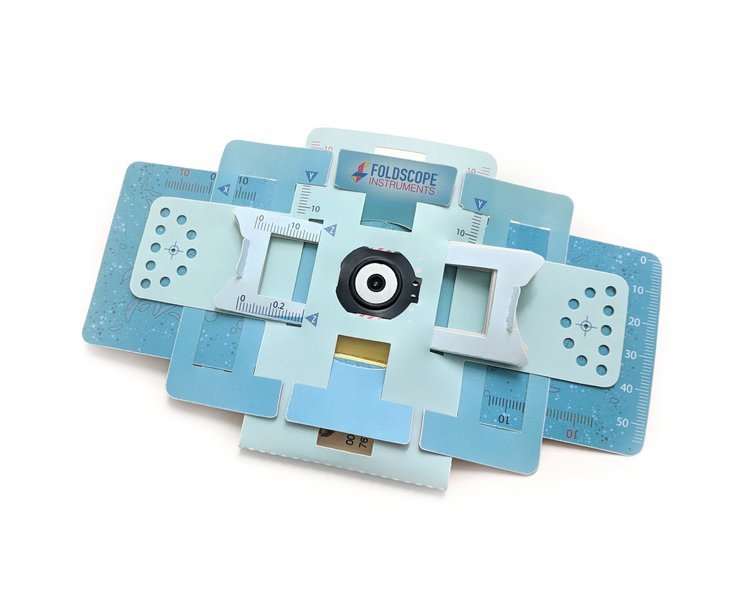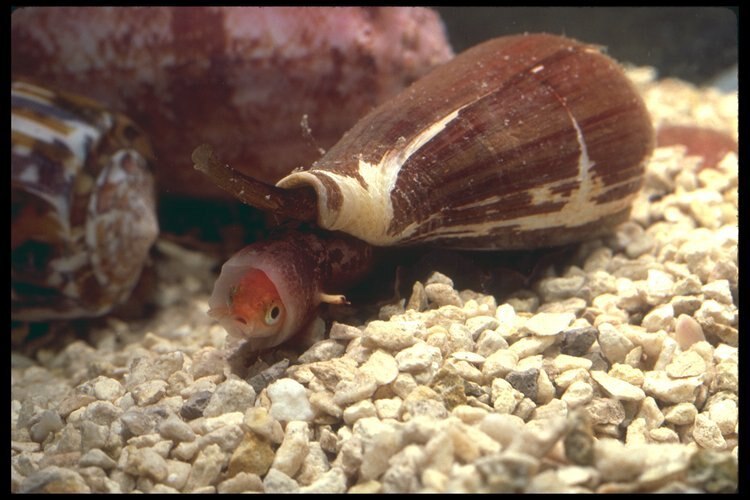Three scientific teams won this year's Golden Goose Awards for breakthroughs and discoveries that impacted society. Those findings include a paper-based scientific instrument, snail venom used for medical treatments, and a lab accident.

The extremely inexpensive Foldscope is powerful enough to view a single bacterium. (Image Credit: Foldscope Instruments)
We'll begin by looking at the Foldscope, a powerful microscope made of paper! Developed by Jim Cybulski and Manu Prakash, a Stanford University bioengineer, the easy-to-use, cheap paper-based microscope features an individual 140x ball lens capable of peering at parasite malaria in a cell. Many people thought his concept seemed a bit far-fetched at first, making it difficult to acquire project funds. But Prakash overcame the funding obstacles, and now the Foldscope, more affordable than a large lab microscope, brings science into everyone's hands. And the cost? It's only $1.75 to develop! The Foldscope has already seen worldwide applications. For example, it was used in India, where it identified a new type of cyanobacteria. Not only that, but the paper scope also identified fake drugs.

A cone snail's venom is used in medicine to treat illnesses such as diabetes, epilepsy, and addiction. (Image Credit: University of Utah)
While working in the Philippines, biochemists Baldomero Olivera and Lourdes Cruz had a difficult time obtaining the right supplies and equipment for DNA research. So the team started a side hustle: studying a cone snail's venom that causes paralysis in small fish. They discovered the venom contained bioactive peptides, also called conotoxins. Working with University of Utah grad students Dr. Michael McIntosh and Craig T. Clark, they found that mice reacted differently to some venom peptides versus fish and frogs. That's because these compounds contribute to pain sensations in mammals. Ultimately, work on the omega-conotoxin compound resulted in a powerful painkiller called ziconotide. Scientists are looking into using conotoxins for various illness treatments, such as epilepsy, diabetes, and addiction.
The final award went to the accidental discovery of the LASIK procedure that corrected eye problems and allowed patients who underwent the treatment to move on from glasses. In the early 1990s, Detao Du aligned a femtosecond laser's mirrors and lifted his goggles, causing a laser beam to strike his eye. That accident led to research and experiments, and Du's team collaborated with other researchers studying eye correction treatments using lasers, leading to the well-known LASIK procedure.
Have a story tip? Message me at: http://twitter.com/Cabe_Atwell
